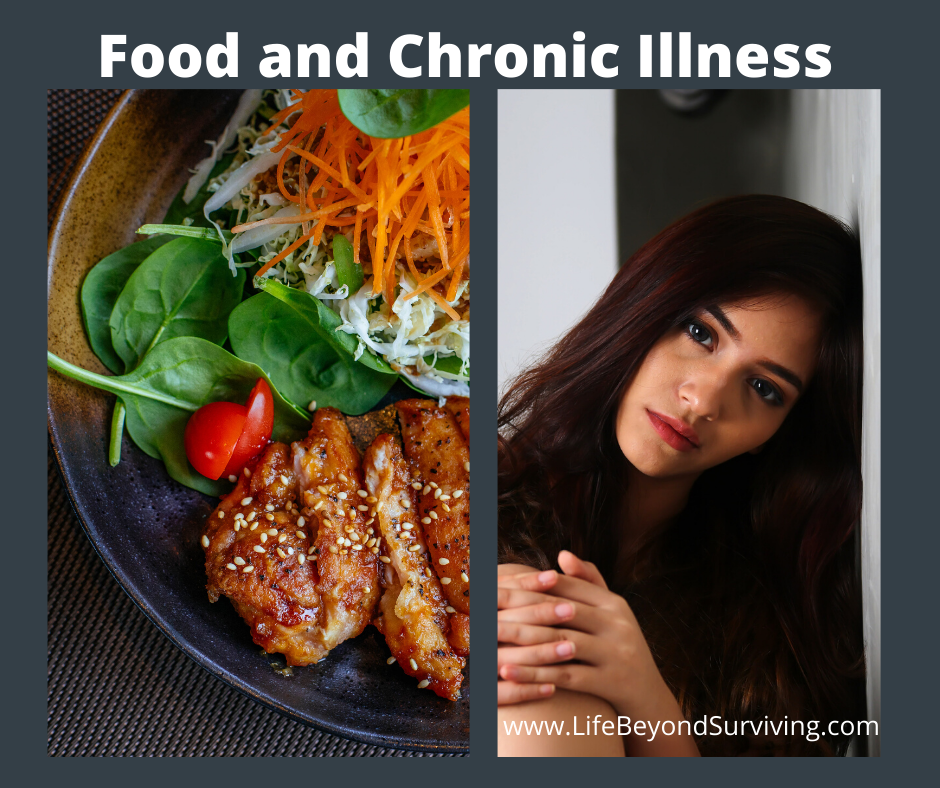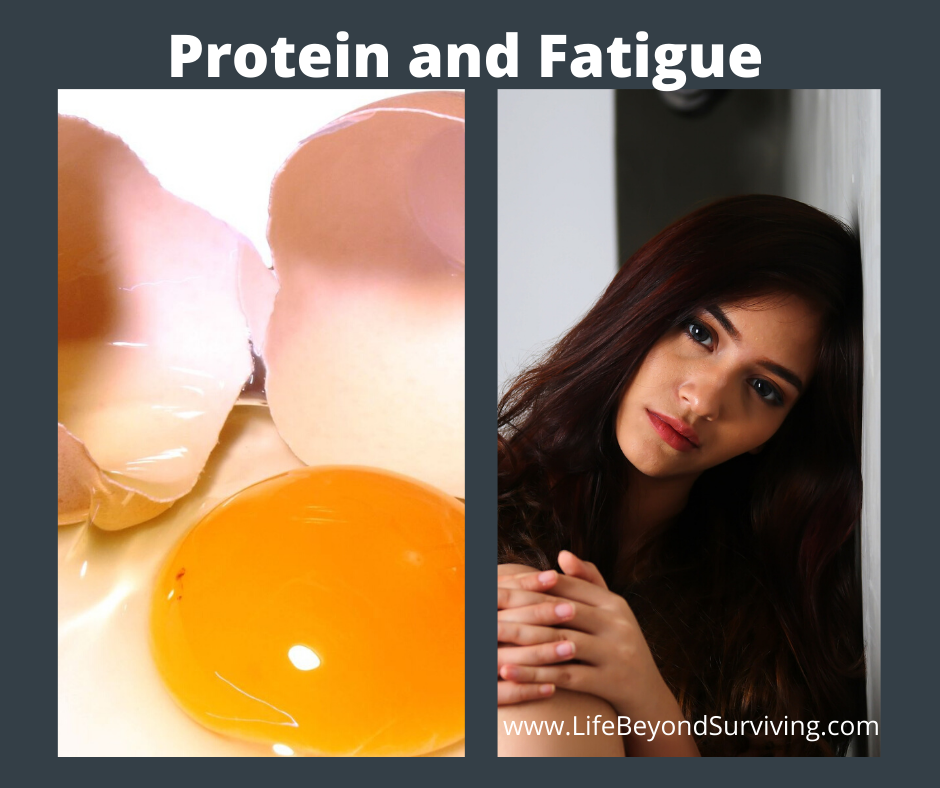So far this month, I’ve shared my experience with exercise, weight, and, chronic illness as well as my discoveries about protein and fatigue. (By the way, I asked my doctor and she said that it makes sense that someone with fatigue could use more than the RDA of 40 grams of protein especially when that person has Essential Tremors which uses more energy, though it’s never been studied. She said you could do as much as 70 or more depending upon your other health issues). This week, I’d like to share some of the foods they say to cut out or add that might make a difference for those with chronic illness.
I realize that everyone is unique and that each combination of diagnoses and conditions will contribute to what might be good or bad for you. I’m just going to throw out some articles I found that might help some of you out there to find what might work for you.
The first article I found was from WebMD which listed 10 Amazing Disease Fighting Foods which included berries, dairy, fatty fish, dark leafy greens, whole grains, sweet potatoes, tomatoes, beans and legumes, nuts, and eggs.

Here is an article I found that speaks about 4 Foods That Help Prevent Chronic Illness. Here’s a bit of what they talk about:
Anti-inflammatory foods
1. Fresh produce. “For anti-inflammation, you want to think red,” she explains. Food like berries, cherries, red cabbage, red onion and red apples contain quercetin, a flavonoid (plant pigment) that fights inflammation.
2. Herbs and spices. Consider adding turmeric (a yellow Indian spice), thyme, oregano, basil and parsley to your dishes to boost flavor and inflammation-fighting properties. “If you use a lot of herbs and spices, you’ll be cutting down on the fats and oils in your food,” says Komar. “You’ll also be getting a lot of chlorophyll and other anti-inflammatory properties.”
3. Healthy fat. Extra virgin olive oil is a healthy fat with an anti-inflammatory agent. When cooking with fat, avoid soybean and partially hydrogenated oils, as well as butter whenever possible.
4. Fish. Eat fish rich in omega-three fatty acids, such as salmon, tuna, sardines, mackerel and herring, on a regular basis.
Another article I found was specific to Fibro. Here’s one called Foods to Eat and Avoid with Fibromyalgia from Medical News Today.
Eat eight to nine servings of fruits and vegetables per day: Eating a variety of colorful fruits and vegetables can ensure the greatest range of nutrients. Foods that are particularly rich in nutrients include broccoli and berries.
Choose whole grains: Whole-grain foods include barley, buckwheat, oats, quinoa, brown rice, rye, wheat, and spelt. These foods provide vitamins, protein, and fiber.
Choose healthful oils: Olive oil is a good choice.
Incorporate herbs and spices: Many herbs and spices contain antioxidants, which may help reduce inflammation. Turmeric, bay leaves, cinnamon, and many others can offer benefits.
And lists foods to avoid as meats, dairy, additives, and gluten.
What foods have you added or avoided that has actually helped your pain or fatigue?
Don’t forget to come back next week because I have a special treat for you this month! I have a special guest post with a special message for you!



